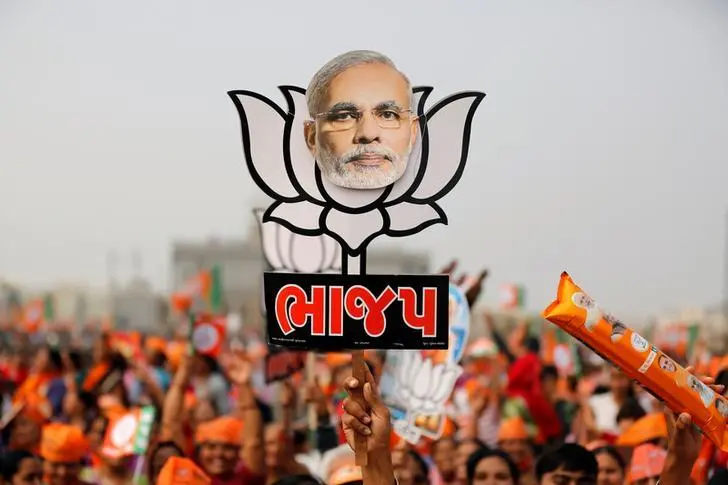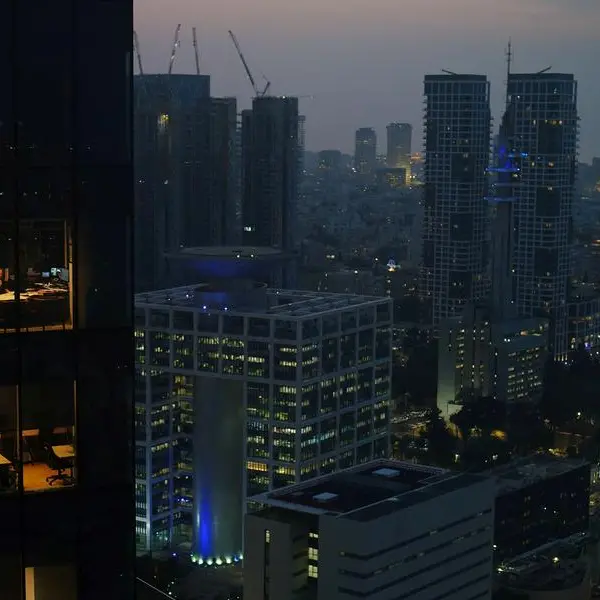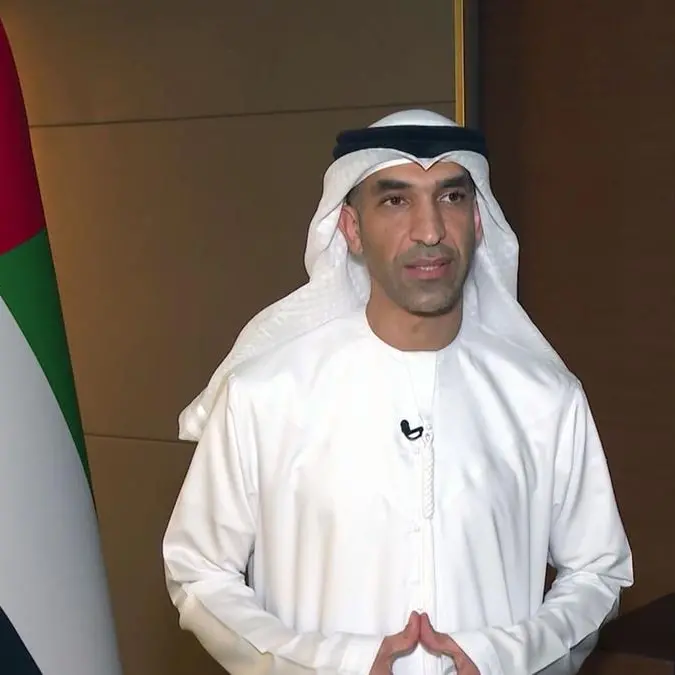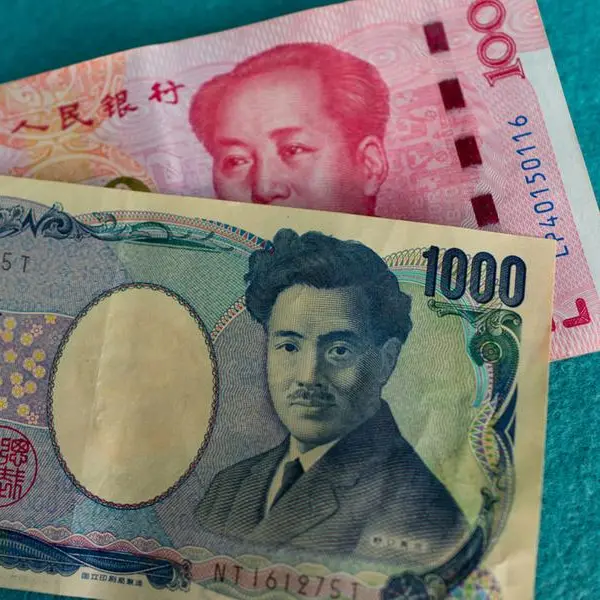PHOTO
MUMBAI (Reuters Breakingviews) - Prime Minister Narendra Modi has betrayed his election anxiety. There were goodies galore in India’s last budget before the nation heads to the polls, tainting the government’s reputation for fiscal prudence. But the largesse, even as tax revenues fall short in the world’s sixth-largest economy, give the current administration a better shot at a second term.
Interim Finance Minister Piyush Goyal used the budget, announced on Friday, to trumpet the ruling Bharatiya Janata Party’s economic achievements since coming to power almost five years ago. He claimed that, on average, gross domestic product has grown faster under the current government than any other since the 1990s. He also emphasized success in reining in double-digit inflation to an average of 4.6 percent. Perhaps that was designed to comfort investors, before the generosity that followed.
One big handout was for farmers, who are grappling with squeezed incomes. At a cost of 750 billion rupees ($10.6 billion), New Delhi has promised to pay about 6,000 rupees, or $85, per year, directly into the bank accounts of landholding farmers with fewer than five hectares – CLSA earlier estimated this will cover almost 90 percent of farm holdings, by units. That is a big vote winner given agriculture employs half the workforce, and a more effective one than the typical farm loan waivers, which don’t reach those who borrow from money lenders. But it’s also a recurring cost and doesn’t appear to substitute existing subsidies.
Goyal also promised a new pension scheme for the needy and, by guaranteeing rebates, effectively raised the income tax threshold to about 500,000 rupees, or $7,000. The benchmark Nifty index rose 1.3 percent, led by autos and other consumption stocks, on expectations that Indians will have more money to splurge on goods.
With such profligacy, the government is overtly giving up efforts to reduce the fiscal deficit. It’s aiming for 3.4 percent next year, compared to an earlier target to trim to around 3 percent. New Delhi will be relying on a bigger payout from the Reserve Bank of India. Off-balance-sheet funding also looks set to keep rising, having already reached a level that has caught the eye of the country’s auditor general. Modi has thrown everything he can at the ballot box.
CONTEXT NEWS
- India’s interim Finance Minister Piyush Goyal set a fiscal deficit target of 3.4 percent of gross domestic product for the year to March 2020 as he announced the country’s pre-election budget on Feb. 1.
- That is higher than a previous target of around 3 percent. Goyal said that India also have a fiscal deficit to 3.4 percent for the current year, slightly missing its 3.3 percent target for the current year.
- Earlier this month, the Ministry of Statistics said GDP was expected to grow 7.2 percent in the current year.
- The benchmark Nifty 50 Index was trading up about 1.3 percent in midday trading after the budget presentation.
- Goyal took control of the finance ministry on Jan. 23. His predecessor, Arun Jaitley, is in the United States for medical treatment. India’s general election must be held by May.
(Editing by Clara Ferreira Marques and Sharon Lam)
© Reuters News 2019





















